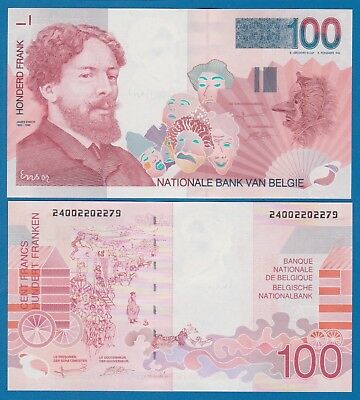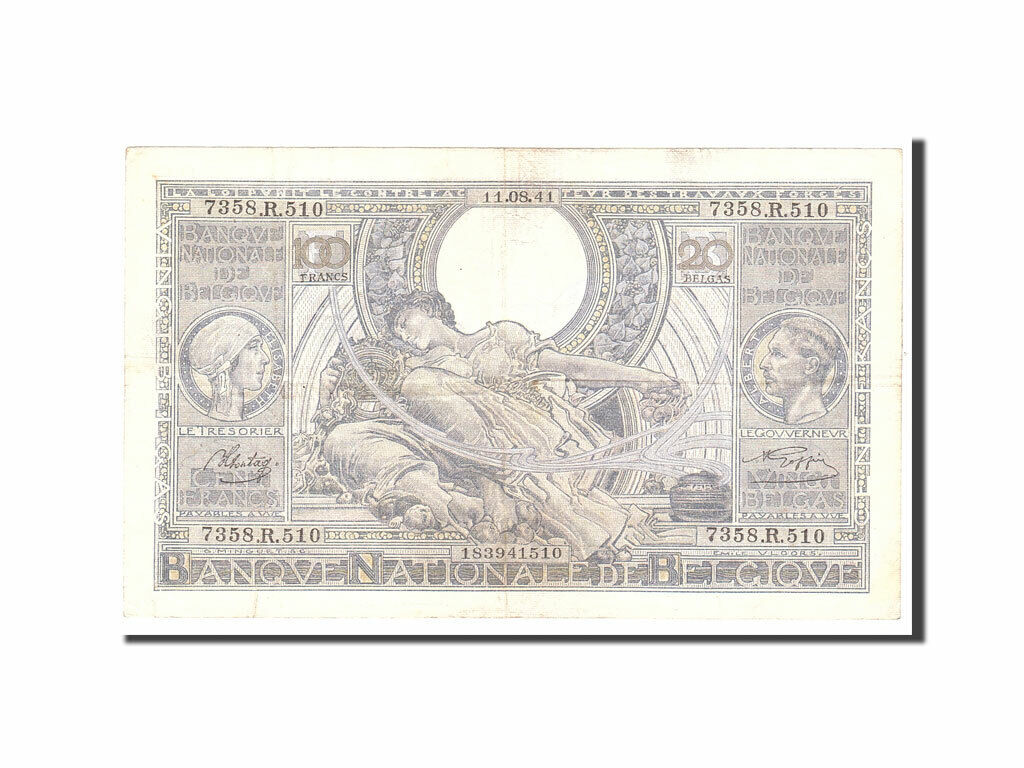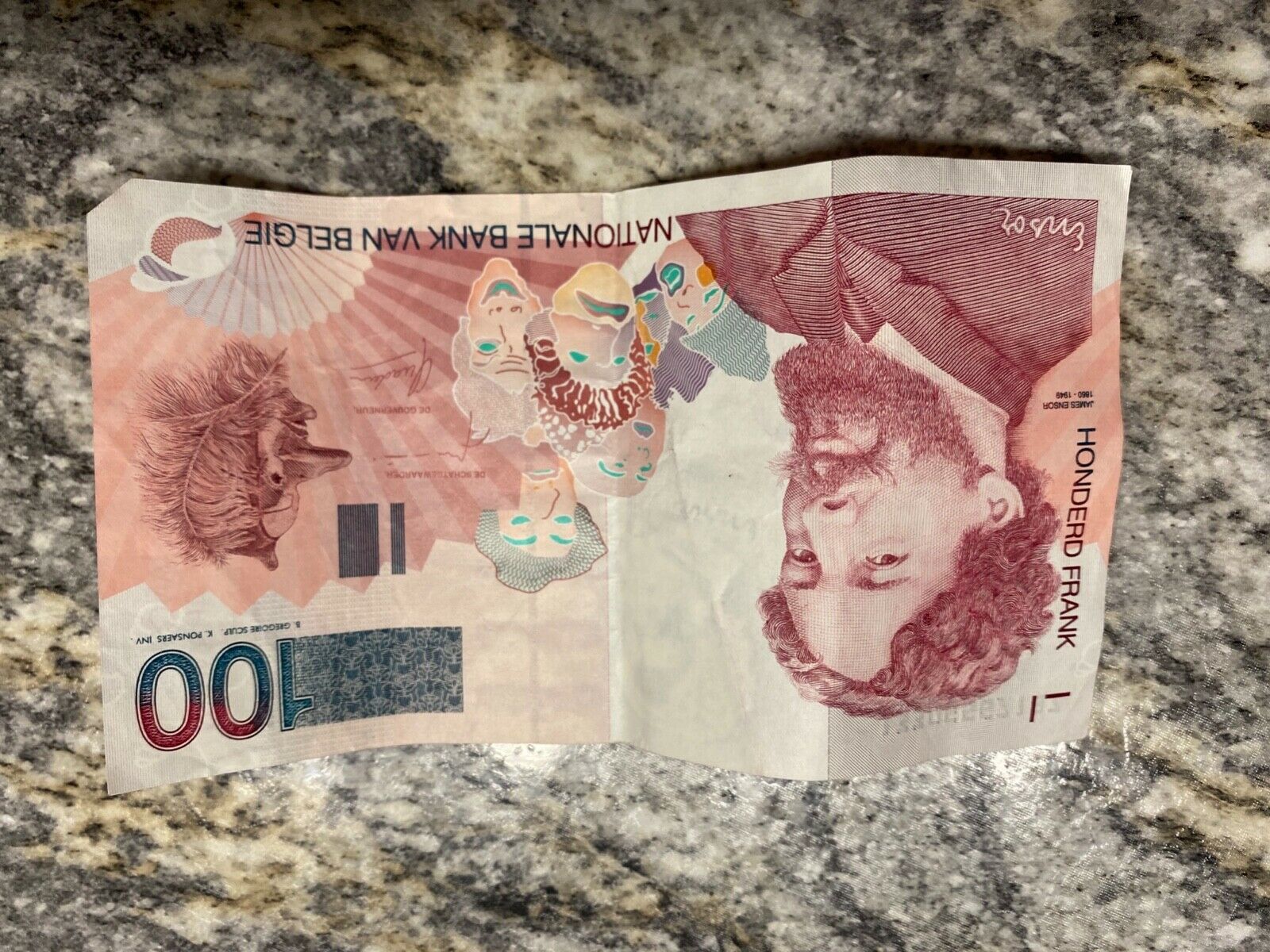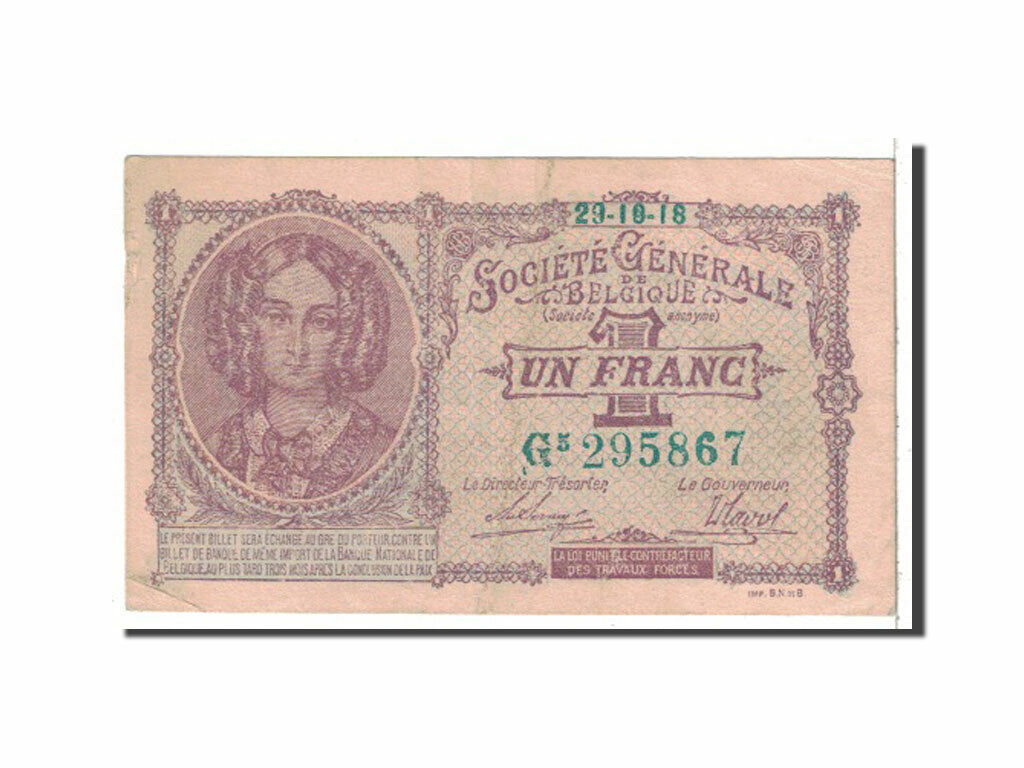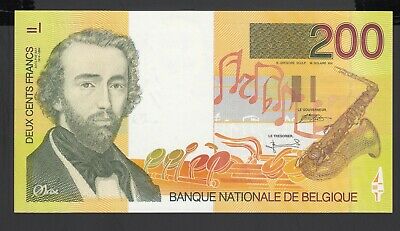-40%
Belgium 10 Francs-2 Belgas 1943 P-122 F
$ 3.64
- Description
- Size Guide
Description
One banknote of Belgium , 10 Francs or 2 Belgas1943, P-122.Condition (opinion) : Fine (F).See scan.Belgian government in exile.(see below for rel
ated information from the web).The picture is for reference only.
----------------------------------------------
Postage, including packing material, handling fees : Europe: USD 6.40 / USA $ 7.30. Rest of the World: USD 8.10
FREE of postage for any other items.
Only one shipping charge per shipment (the highest one) no matter how many items you buy (combined shipping).
-----------------------------------------------------------------------------
Guaranteed genuine -
One
month
return
policy
(retail sales) .
Returns accepted with no questions.
Customers are invited to combine purchases to save postage.
Full refund policy ,including shipping cost,guaranteed in case of lost or theft after the completion of the complaint with Spanish Correos for the registered letters (purchases above $ 60.00).
As we have (or could have) more than one identical item ,the serial number may differ from those shown in the picture which is for reference only.
For purchases above .00 we send the orders registered with tracking number without extra charge, for purchases below .00 we ship as regular letters at the buyer's risk.
For purchases below $ 60,00 who want to register your letter with tracking number, please add an extra for : Europe .80 , U.S. .80 ,Rest of the word .60 .Please request or wait for our invoice before paying.
For some destinations and purchases below .00 customers may be requested for this extra shipping payment in order to register the shipment with tracking number.
We reserve the right to cancel transactions that require the sending of unregistered letters (without tracking number) to some destinations when this extra payment has been requested.
If for any reason, your item did not arrive yet, or you are not 100% satisfied with the item you have received, please do not hesitate to contact , I will do all it takes to provide the best service.
Banknote Grading
UNC
AU
EF
VF
F
VG
G
Fair
Poor
Uncirculated
About Uncirculated
Extremely Fine
Very Fine
Fine
Very Good
Good
Fair
Poor
Edges
no counting marks
light counting folds OR...
light counting folds
corners are not fully rounded
much handling on edges
rounded edges
Folds
no folds
...OR one light fold through center
max. three light folds or one strong crease
several horizontal and vertical folds
many folds and creases
Paper
color
paper is clean with bright colors
paper may have minimal dirt or some color smudging, but still crisp
paper is not excessively dirty, but may have some softness
paper may be dirty, discolored or stained
very dirty, discolored and with some writing
very dirty, discolorated, with writing and some obscured portions
very dirty, discolored, with writing and obscured portions
Tears
no tears
no tears into the border
minor tears in the border, but out of design
tears into the design
Holes
no holes
no center hole, but staple hole usual
center hole and staple hole
Integrity
no pieces missing
no large pieces missing
piece missing
piece missing or tape holding pieces together
-------------------------------------------------------------
Belgian Government in exile
From Wikipedia, the free encyclopedia
For the Belgian government in Le Havre during World War I, see De Broqueville government in exile.
Hubert Pierlot (left), Prime Minister of the government in exile, April 1944.
The Belgian government in London (French: Gouvernement belge à Londres, Dutch: Belgische regering in Londen), also known as the Pierlot IV Government, was the government in exile of Belgium between October 1940 and September 1944 during World War II. The government was tripartite, involving ministers from the Catholic, Liberal and Labour Parties. After the invasion of Belgium by Nazi Germany in May 1940, the Belgian government, under Prime Minister Hubert Pierlot, fled first to Bordeaux in France and then to London, where it established itself as the only legitimate representation of Belgium to the Allies.
Despite no longer having authority in its own country, the government administered the Belgian Congo and held negotiations with other Allied powers about post-war reconstruction. Agreements made by the government in exile during the war included the foundation of the Benelux Customs Union and Belgium's admission into the United Nations. The government also exercised influence within the Belgian army-in-exile and attempted to maintain links with the underground resistance.
Authority[edit]
Unlike many other governments in exile, which were forced to rely exclusively on financial support from the Allies, the Belgian government in exile could fund itself independently. In large part, this was due to the fact that the government in exile retained control of most of the Belgian national gold reserves. These had been moved secretly to Britain in May 1940 aboard the naval trawler A4, and provided an important asset.[37] The Belgian government was also in control of the Belgian Congo, which exported large amounts of raw materials (including rubber, gold and uranium) which the Allies relied on for the war effort.[37]
The Belgian government published its own official journal, the Moniteur Belge (Official Government), from London.[38]


